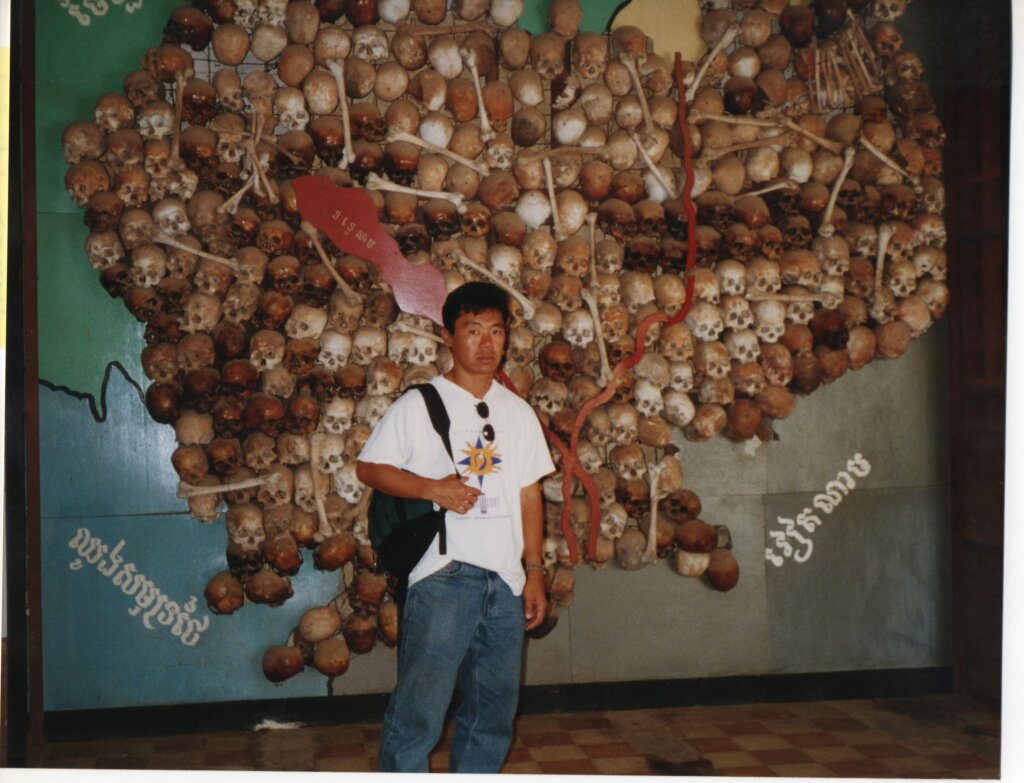Phnom Penh –I got emotional when I saw the tree again. The sight of it still affects me even after 25 years. They call it, “The Killing Tree, ” during the Cambodian genocide 1975-79, Khmer Rouge soldiers murdered infants, by snatching them from the hands of their mothers and smashing their heads against the tree. They also killed them by tossing them into the air and catching them with the ends of their bayonets on their AK 47s. They did this in order to save bullets.
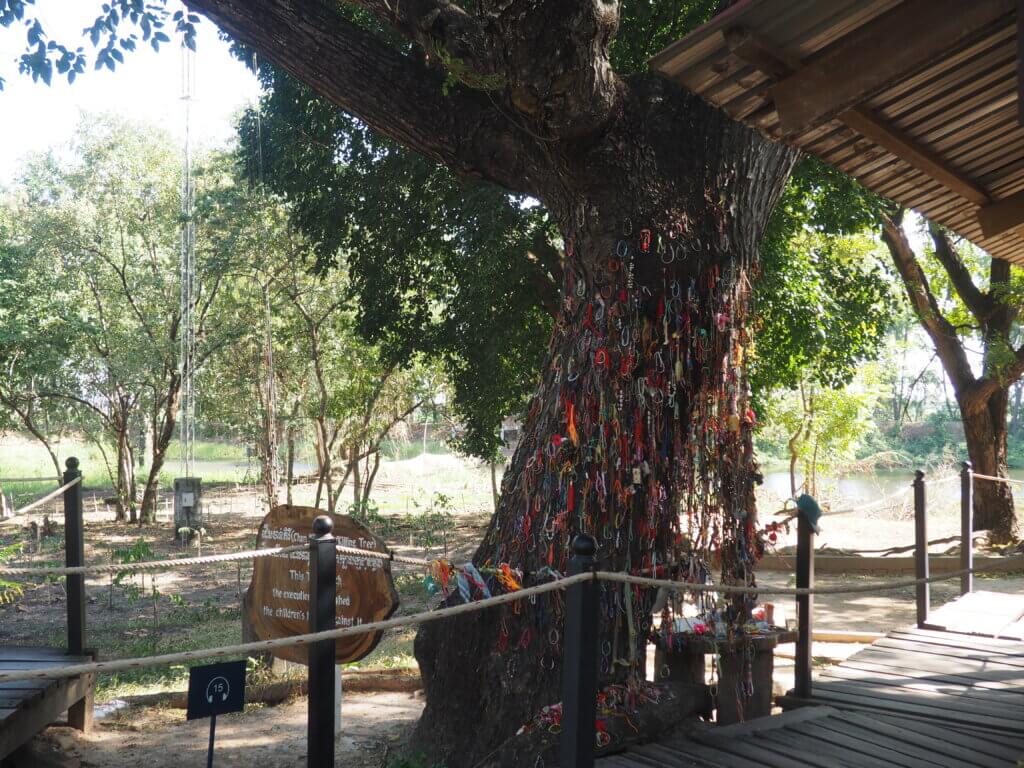
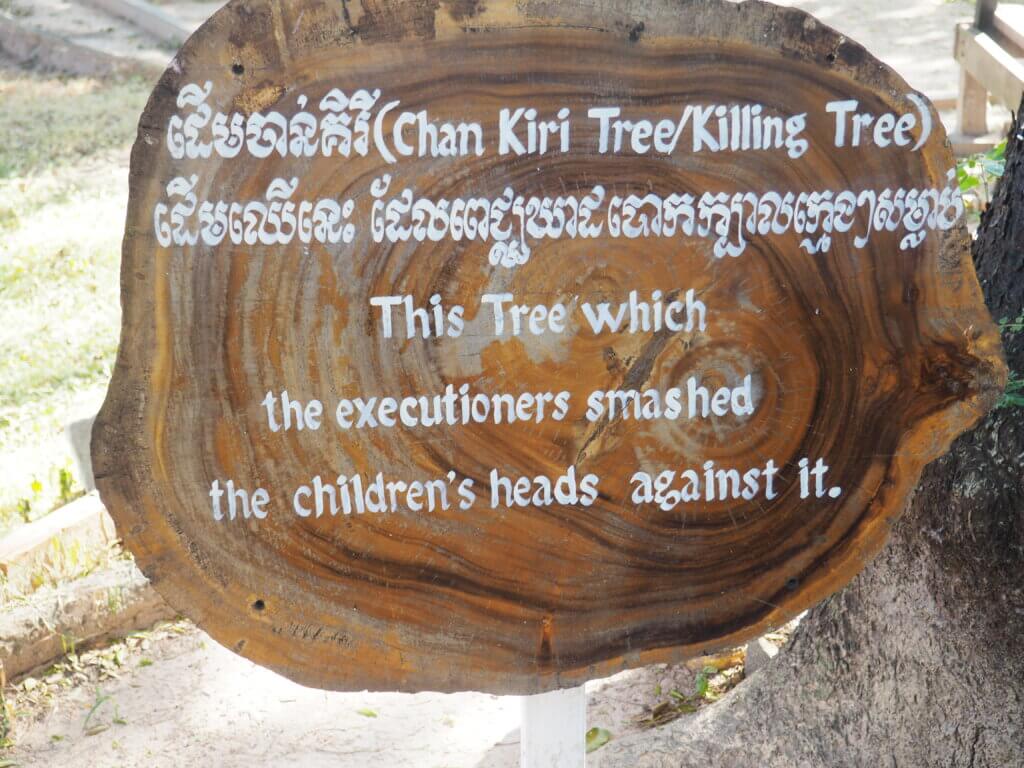
When I visited Choeung Ek in October of 1999, there were very few tourists and few if any Americans. Today there are caravans from of travelers from around the world coming here to learn about what happened here in 1975-79. Cambodia was a neutral country during the Vietnam War. In 1969 then President Richard Nixon and National Security Advisor Henry Kissinger chose to secretly bomb Cambodia in order to flush out North Vietnamese troops who had fled into the country during the war. The U.S. dropped more bombs on Cambodia than all of Japan during World War II. The administration’s strategy was a huge failure. Thousands of innocent civilians were killed and thousands more became refugees. This led to a take over by the Khmer Rouge which captured Phnom Penh on April 17, 1975.
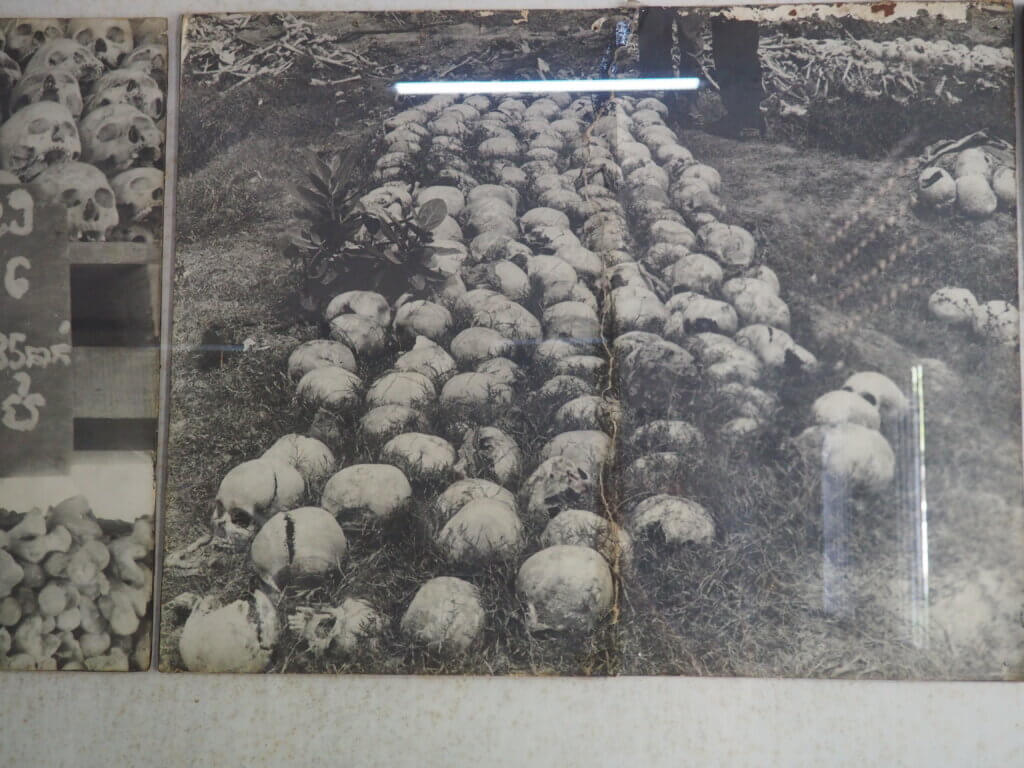
Led by Pol Pot, the Khmer Rouge forced the entire population of Phnom Penh outside of the city, including the elderly, young children, sick and disabled into labor camps. Schools, banks, hospitals were closed. Currency was abolished. Civil servants, monks, doctors, nurses, teachers, artists, even people who wore glasses were perceived to be a threat by the Khmer Rouge and had to be killed. Women who were overworked and undernourished could not become pregnant or suffered miscarriages. Ownership of cars, watches, clocks and televisions was forbidden. Science, technology, medicine were considered an evil part of western imperialism and had to be destroyed.
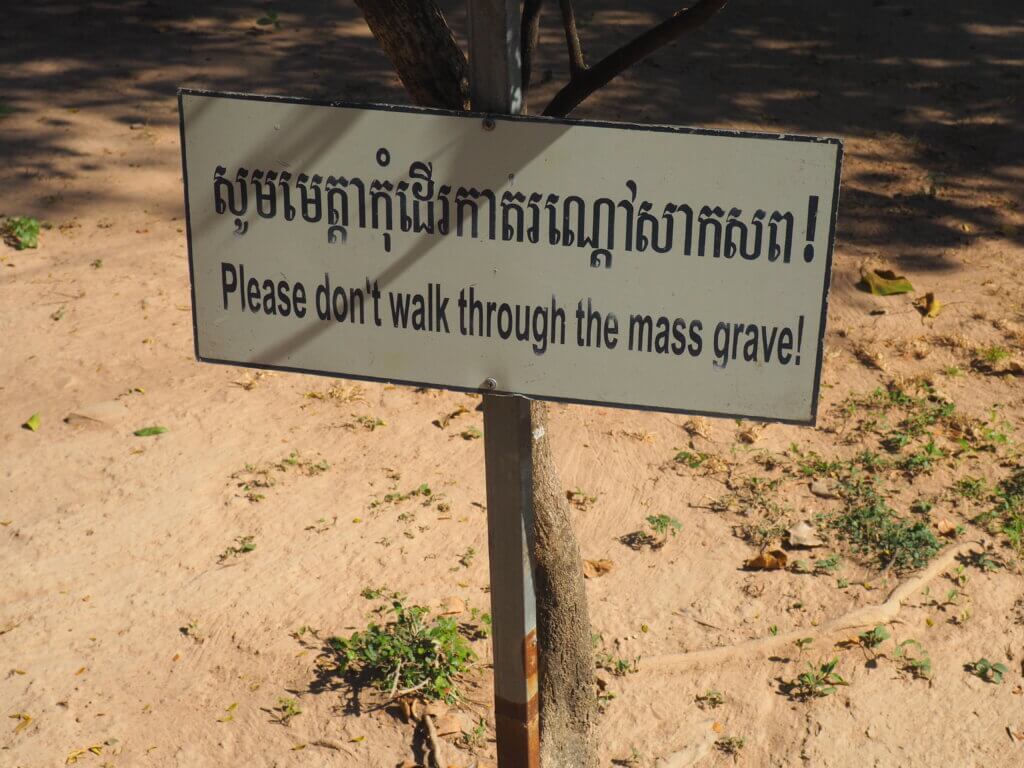
While the rest of the world did not know what was happening in Cambodia, it is estimated that two million people, about a quarter of the country’s population at the time died from murder, starvation and disease. On December 25, 1978, after a series of border clashes along the Mekong Delta, Vietnamese troops invaded, toppling the Khmer Rouge forcing them to flee into the countryside.
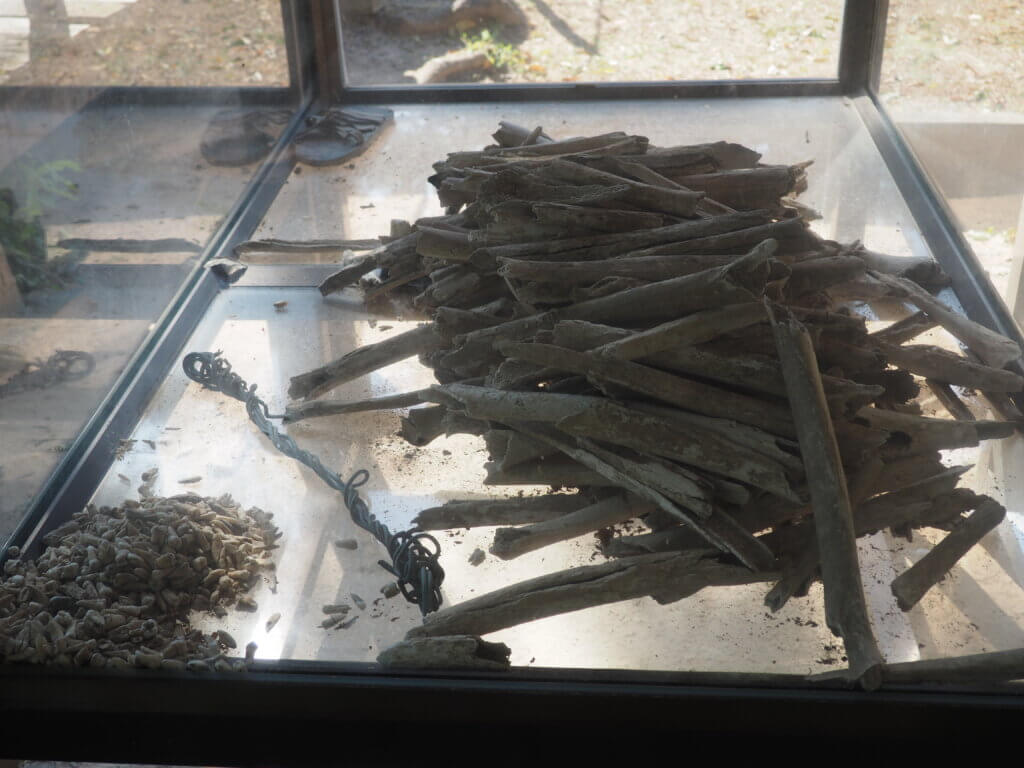
After the rainy season, bone fragments and clothing still come up from the ground even after being buried in the ground for many years. It is estimated that at least 20,000 people were killed at Choeung Ek. It is one of many mass graves in Cambodia, but it is the most visited.
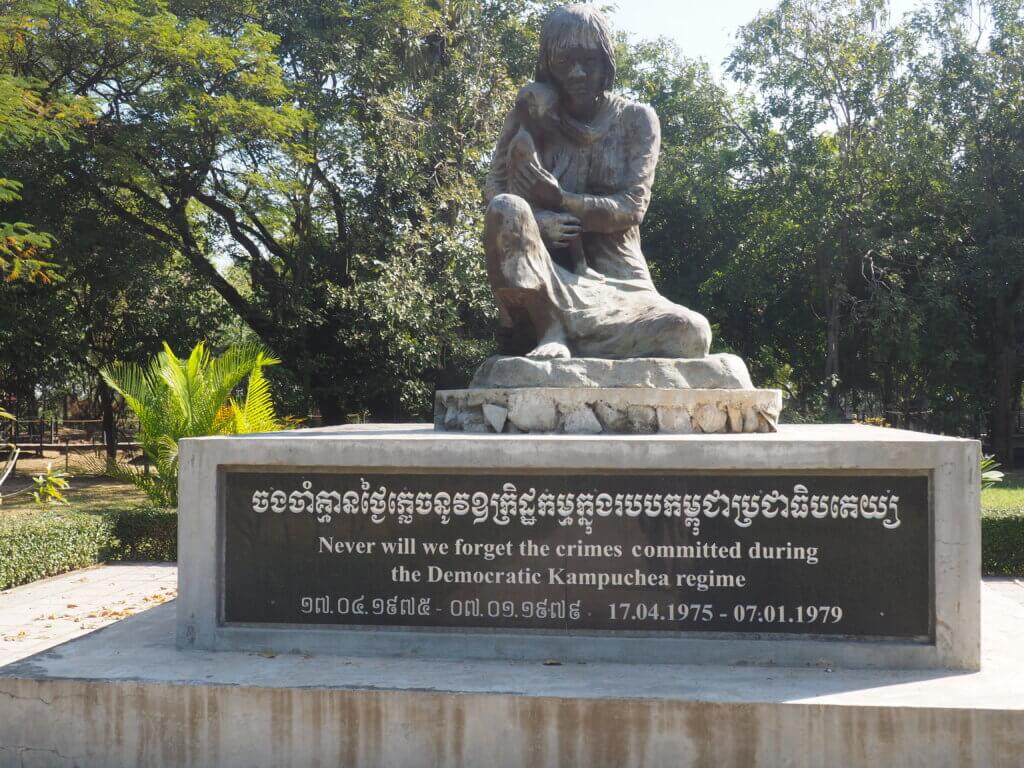
You could still see the blood stains on the floor. Tuol Sleng was a former high school that became a prison for Pol Pot’s security forces. Known as Security Prison 21 (S-21), prisoner accused of crimes against the Khmer Rouge were interrogated and tortured in S-21 before being sent to Choeung Ek to die. Today Tuol Sleng is a genocide museum.
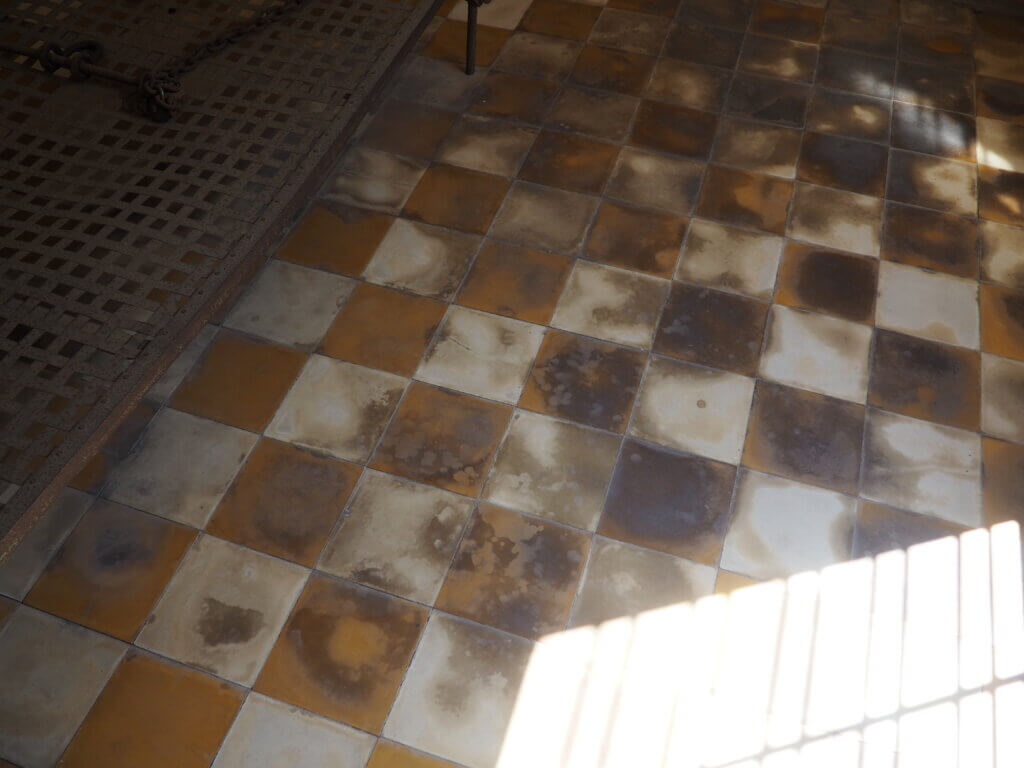
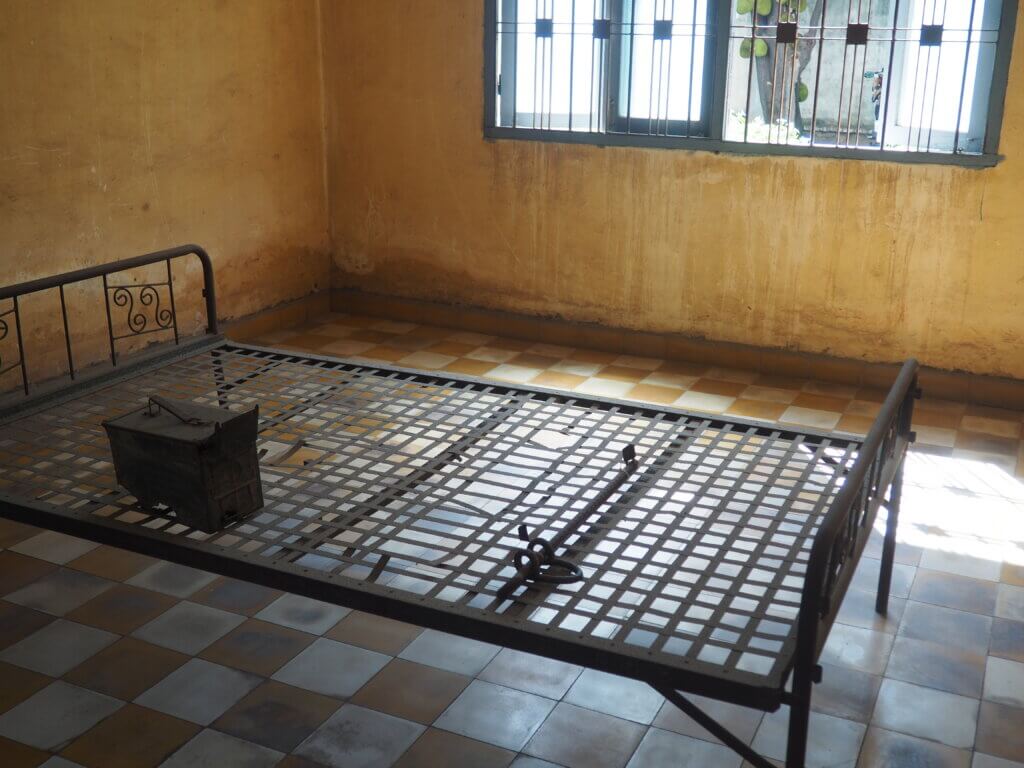
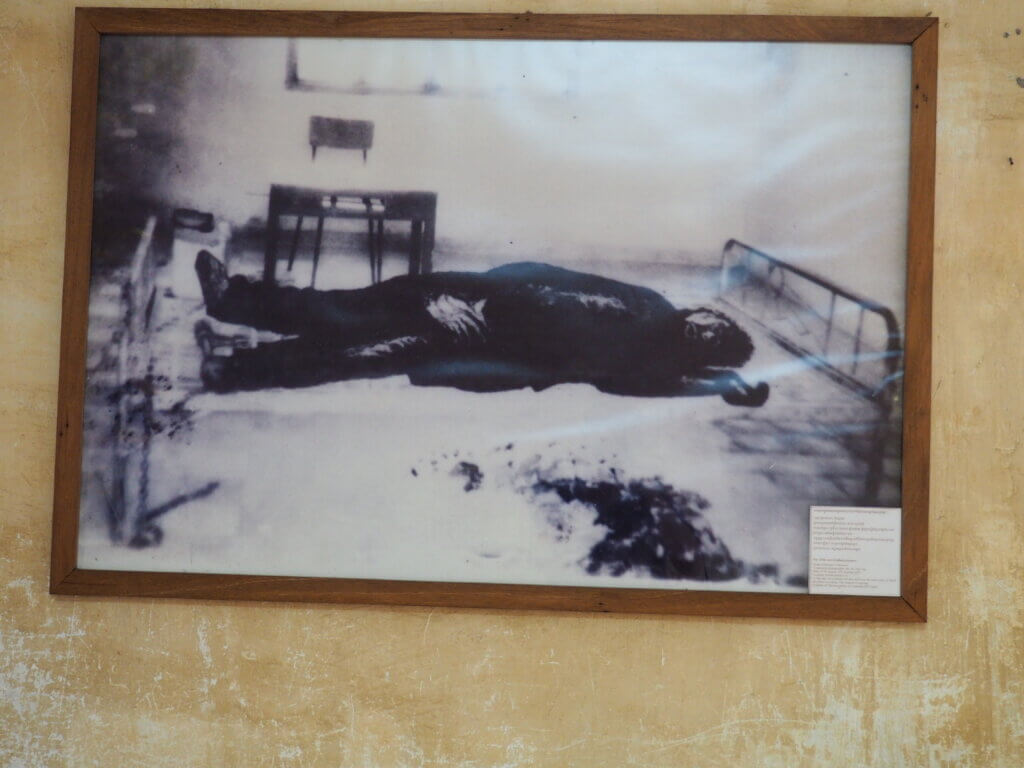
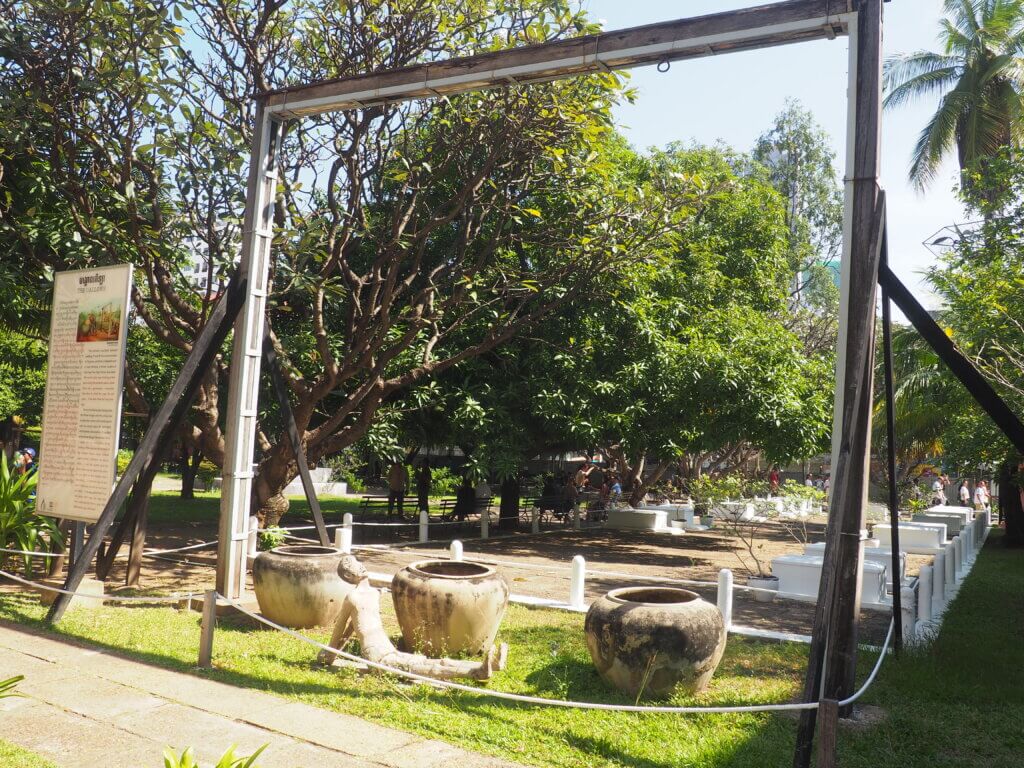
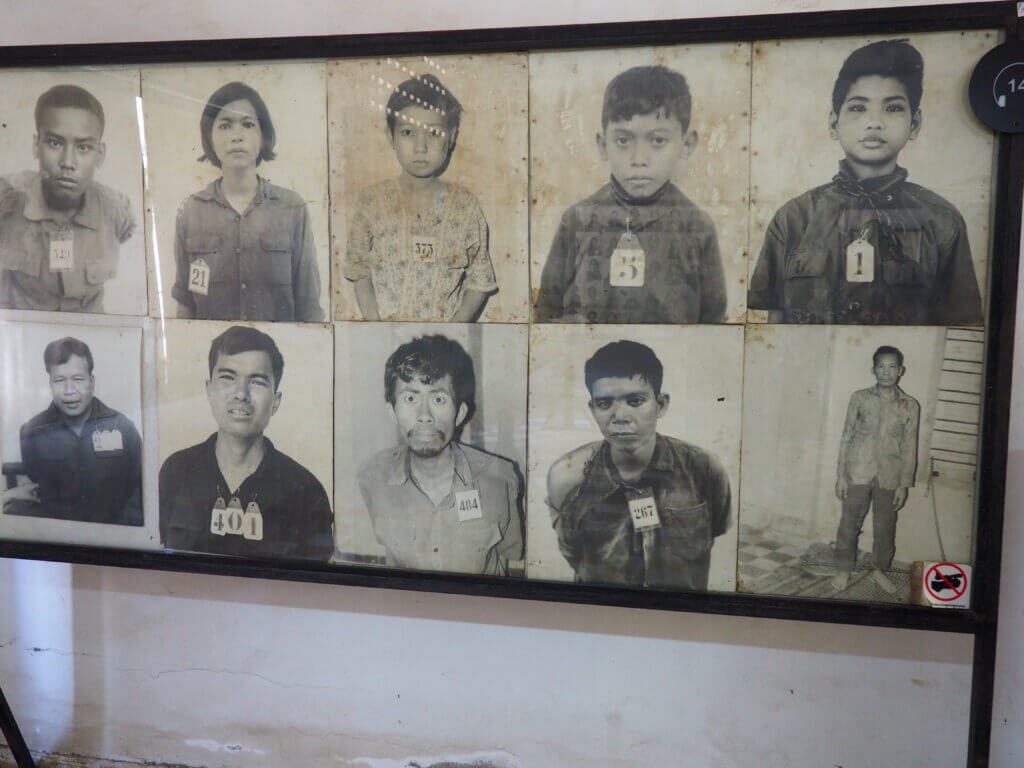
Tuol Sleng was run by Comrade Duch, Kaing Guek Eav who died in prison in 2020 after being convicted of war crimes and crimes against humanity by a UN tribunal. Duch was so paranoid he once had his entire kitchen staff tortured and killed, because he thought they were trying to poison him.
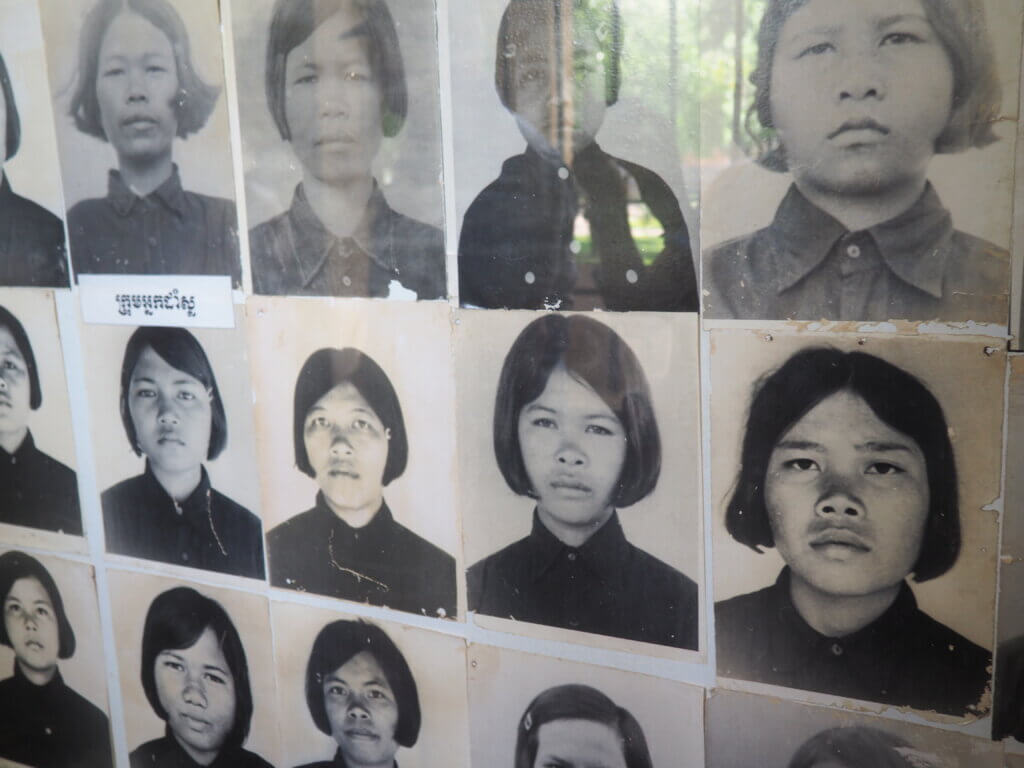
When I traveled to Cambodia in 1999, I was warned not to go there. I was told of the Khmer Rouge hiding in the countryside and that I might be blown up by a landmine. Being younger, stubborn and adventurous, I chose to go anyway. There were very few tourists and few if any Americans traveling in the country back then. A young boy on the street asked me, “Hey mister where you from?” I replied, “America.” He looked at me somewhat confused and then said, “You look Cambodian.” Perhaps I was the first American that boy ever met. An American who looked like him. Everywhere I traveled in Cambodia, I was treated with kindness and appreciation for just being there. The trip changed the way I travel forever, because instead of being about taking time off from work for a vacation, travel became more about purpose, education and trying to make the world a better place. It has taken me more than 25 years to return to Cambodia. I am stunned by the changes I see, most of them good. I am also here to remember the past and what happened in Cambodia in 1975-79. As my 7th grade history teacher, Mr. Long used to say, “Those who do not learn from the past are doomed to repeat their mistakes.”
